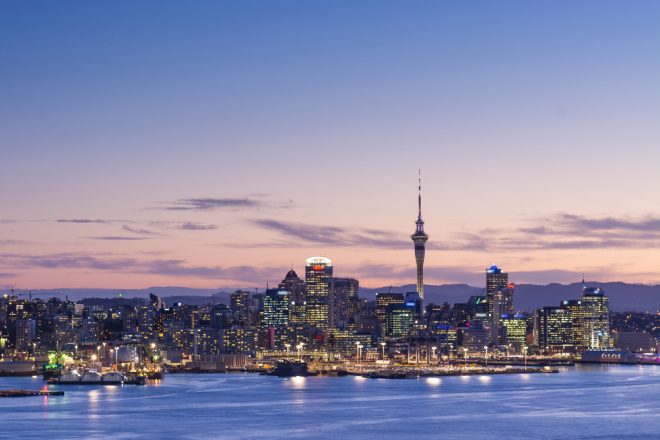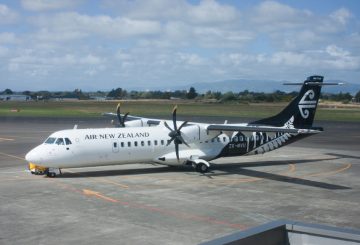奥克兰的标志性地标天空塔将于8月3日庆祝其25岁生日。这座塔从一开始就引起争议——许多人反对在奥克兰天际线占据主导地位的同等大小的塔楼——成为这座城市备受喜爱的象征和特色。
自弗莱彻建筑公司于1997年建造该塔以来,已有超过1000万人参观了该塔。它高328米,是南半球最高的建筑。
SkyCity首席执行官Michael Ahearne表示,该塔是该国访问量最大的旅游景点之一:“天空之城拥有这座塔,但实际上我们只是它的保管人——它确实属于奥克兰人民。”
该塔的一个著名特色是它能够以不同的颜色点亮慈善机构,例如粉红丝带日、社区活动、国定假日、里程碑或其他庆祝活动或活动。
注意:
天空塔共有65层,总共有1,267个楼梯从基地通往最高的公共观景台——天空甲板。
电梯将带您前往:
- Sky Lounge(182 米),您可以在新西兰最高的咖啡厅喝杯咖啡放松身心
- 主观景层(186米),天空塔的主要观景台。漫步在38毫米的玻璃地板上,查看最新的实时天气信息,使用实时摄像头触摸屏电脑了解奥克兰,或者坐下来欣赏壮观的景色
- Sky Deck(220 米)是南半球最高的公众观景台,通过几乎无缝的玻璃提供令人惊叹的景色
较大直径的底座可完全抵抗地震和风力。该塔可以抵御阵风高达200公里/小时(125英里/小时)的风暴(预计这种情况每1000年只会发生一次),并且能够安全地在顶部摇摆一米。
天空塔的建造可以承受40公里处的7.0级地震或360公里处的8.5级地震。
如果发生雷击,塔90米长的钢桅杆顶部会放置一个直径为50厘米的镀金尖刺金属测力圈。它旨在吸引闪电,将其引导到电缆下方,然后进入能量分散到地球的地基中。
新闻稿:天空之城






























































